A “first-aid” treatment and diagnostic kit developed by internationally recognized pain specialists to bridge the medical and dental gap in acute care. Prevent protracted TMJ disorders. Identify patients that don’t respond to conservative care.
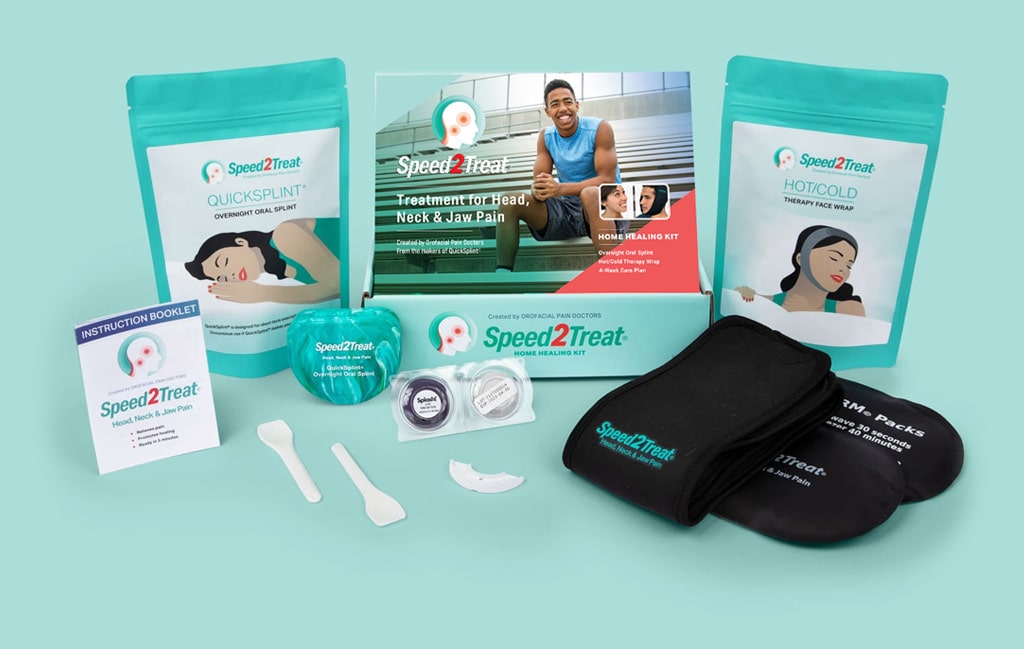





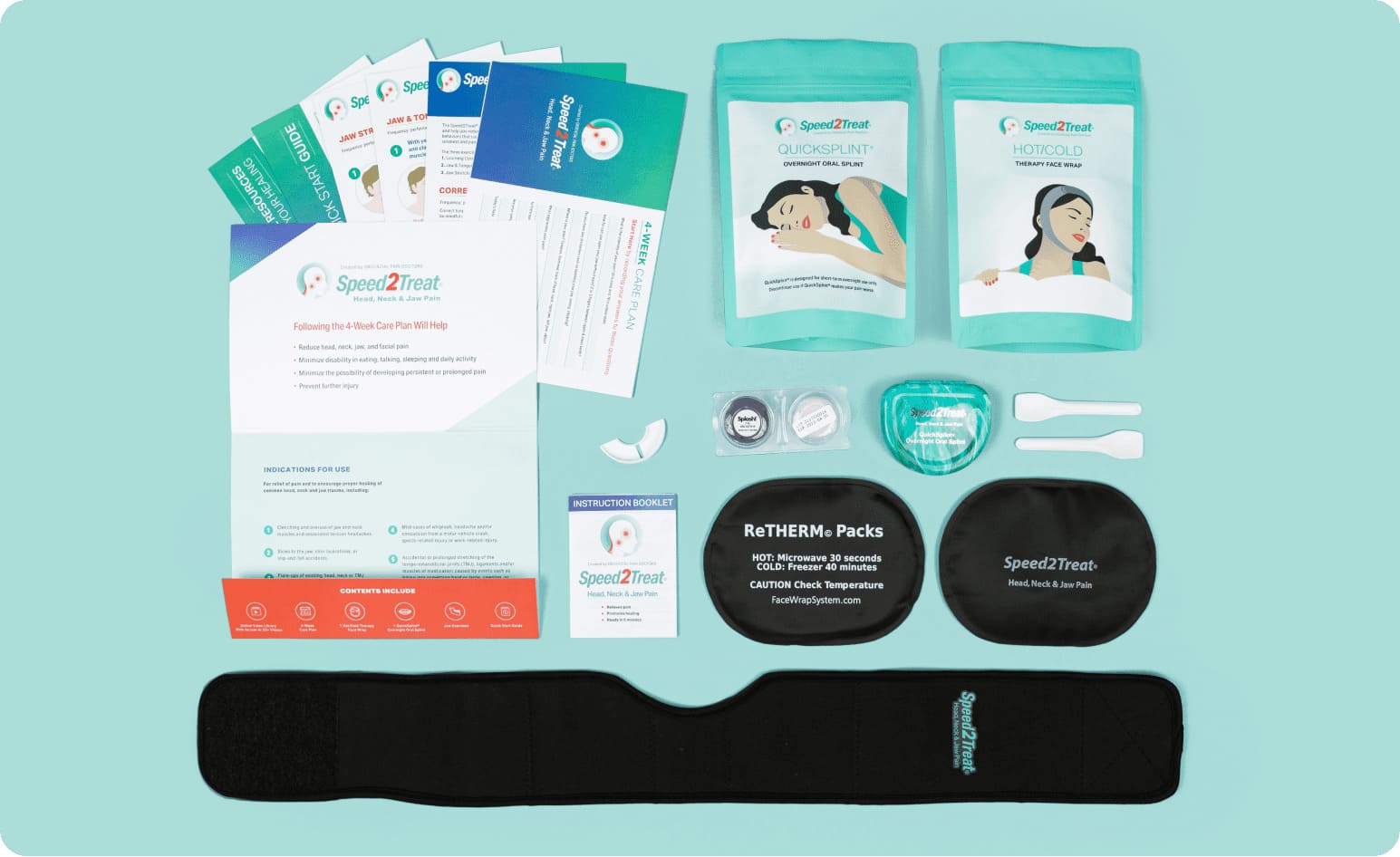

Speed2Treat® Home Healing Kit is a cost-effective first aid kit for acute myofascial pain from accident, injury, or flare-up conditions. Simple, conservative treatment is better than no treatment. The myofascial pain syndrome management strategy we designed facilitates masticatory muscle relaxation and reduces pressure in the inflamed joint complex. Speed2Treat® is easy for the patient to embrace and understand.

Speed2Treat® Home Healing Kit is a cost-effective first aid kit for acute myofascial pain from accident, injury, or flare-up conditions. Simple, conservative treatment is better than no treatment. The myofascial pain syndrome management strategy we designed facilitates masticatory muscle relaxation and reduces pressure in the inflamed joint complex. Speed2Treat® is easy for the patient to embrace and understand.

Speed2Treat® includes a temporary oral appliance called QuickSplint®, used by dentists for over 10 years as a therapeutic start of treatment and diagnostic tool. Your patients may only need short-term treatment with QuickSplint®, or used as a trial device, QuickSplint® may confirm the benefits of splint therapy provided by a dental expert. Unlike other mouth guard kits, QuickSplint® is designed for a specific short-term use to stabilize the jaw joints and reduce jaw muscle “hyperactivity” as soon as possible. Do not recommend that your patient get an over-the-counter mouthguard because there are too many choices and many soft appliances do not effectively interfere with clenching behaviors.

Speed2Treat® includes a temporary oral appliance called QuickSplint®, used by dentists for over 10 years as a therapeutic start of treatment and diagnostic tool. Your patients may only need short-term treatment with QuickSplint®, or used as a trial device, QuickSplint® may confirm the benefits of splint therapy provided by a dental expert. Unlike other mouth guard kits, QuickSplint® is designed for a specific short-term use to stabilize the jaw joints and reduce jaw muscle “hyperactivity” as soon as possible. Do not recommend that your patient get an over-the-counter mouthguard because there are too many choices and many soft appliances do not effectively interfere with clenching behaviors.

The Kit was developed by orofacial pain specialists for frontline medical and dental providers. “Speed2Treat®” is based on a simple orthopedic model of care suggested for the first 2 to 4 weeks following injury or onset of symptoms, analogous to the RICE protocol for ankle sprain. Your patient’s response will help you determine if expert care is needed.

The Kit was developed by orofacial pain specialists for frontline medical and dental providers. “Speed2Treat®” is based on a simple orthopedic model of care suggested for the first 2 to 4 weeks following injury or onset of symptoms, analogous to the RICE protocol for ankle sprain. Your patient’s response will help you determine if expert care is needed.

Trauma involving the head/neck in general or jaw specifically is potentially both injurious and stressful. We’ve designed online videos, breath coaching, patient progress tracking, and encouraging suggestions to support patients through ups and downs during their recovery. Customize these patient-centered tools to fit your rehabilitation program.

Trauma involving the head/neck in general or jaw specifically is potentially both injurious and stressful. We’ve designed online videos, breath coaching, patient progress tracking, and encouraging suggestions to support patients through ups and downs during their recovery. Customize these patient-centered tools to fit your rehabilitation program.
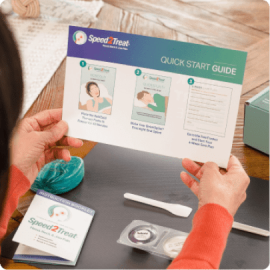
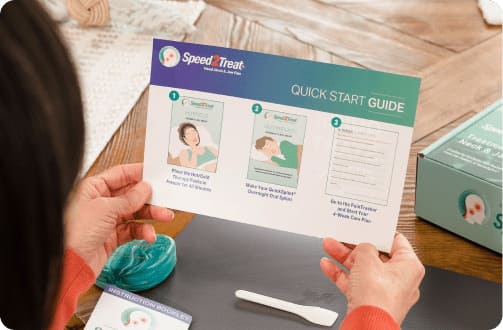
Once your patient receives their Home Healing Kit, follow simple steps to create their QuickSplint®. QuickSplint® is worn during sleep to stabilize the jaw and reduce muscle hyperactivity.
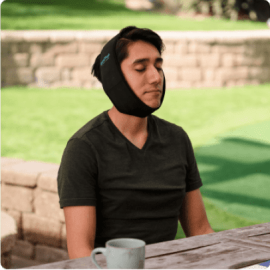
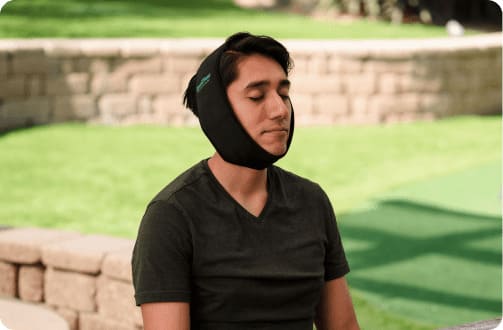
The Hot/Cold Therapy Neoprene Wrap can be personalized to fit comfortably in 6 different positions to soothe sore or inflamed head, neck and jaw muscles while leaving your hands free.
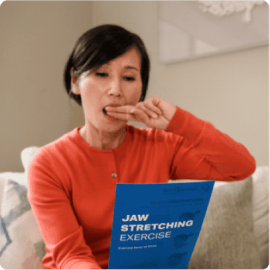
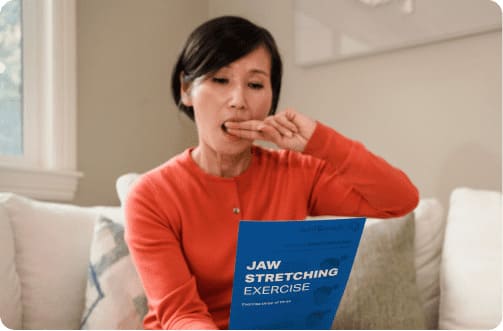
Progressive jaw exercises restore range of motion and modify oral behaviors to help reduce clenching and reinforce positive jaw behaviors.
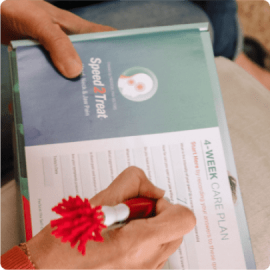
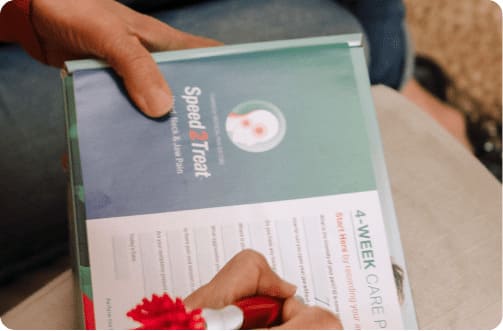
Throughout the 4-Week Care Plan, patients are encouraged to keep track of their symptoms so you can monitor progress or need for additional care.
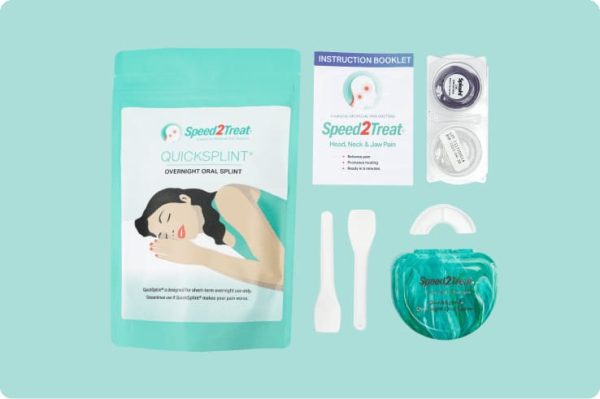
A low-cost trial device designed for short-term use to rehabilitate jaw muscles, inhibit clenching and reduce inflammation. QUICKSPLINT® will help you determine whether the continued use of a custom-fit night guard may be beneficial for your patient’s condition before encouraging them to invest in long-term therapy.

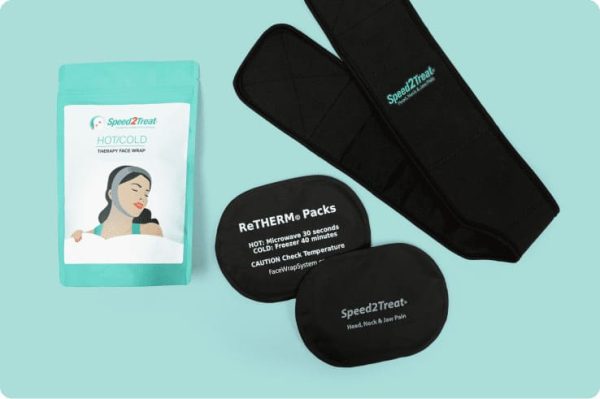
A neoprene wrap that can be personalized to fit comfortably in 6 different positions to soothe sore or inflamed head, neck, and jaw muscles while leaving the patient's hands free. Two reusable packs can be heated or chilled, and easily inserted into the wrap to apply hot or cold therapy to the affected area for immediate relief.

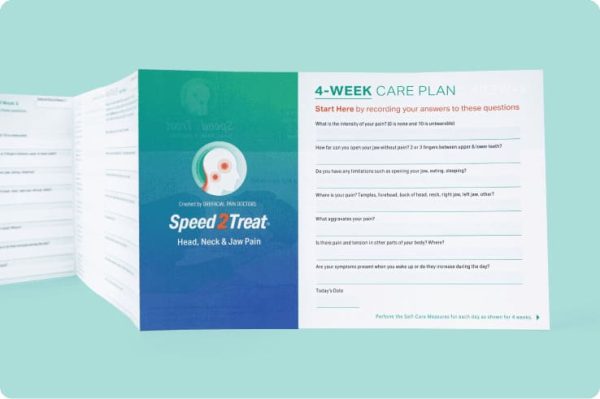
A simple and effective tool to help patients monitor their symptoms and progress throughout the use of their Home Healing Kit. With normal recovery time ranging from 2 to 4 weeks, this tool will help patients and providers confidently determine whether further examination by a specialist is necessary.

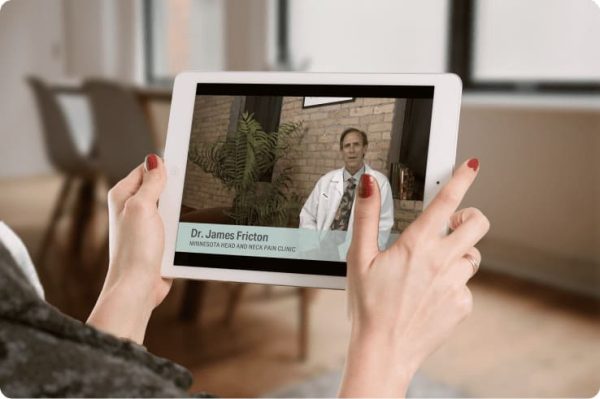
Online videos narrated by Dr. James Fricton provide patient self-care training on managing pain, daily jaw and neck care, and tips to avoid risk factors for delayed recovery. Also included are breath training videos to help the patient experience relaxing abdominal breathing and intention in relaxing facial muscles.

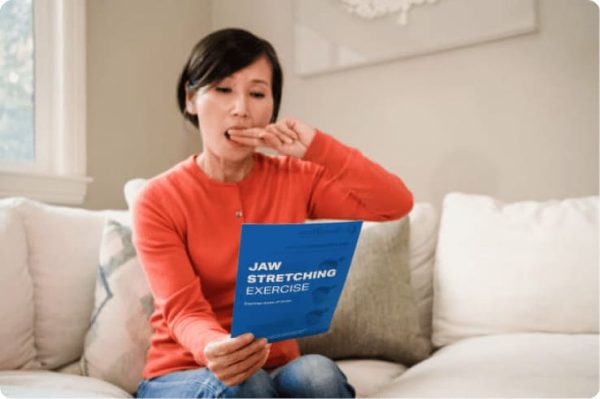
Progressive jaw exercises promote healing and help patients relax the tensing and clenching behaviors that cause neck, jaw, and temple soreness and pain. When performed consistently, these exercises increase range of motion.

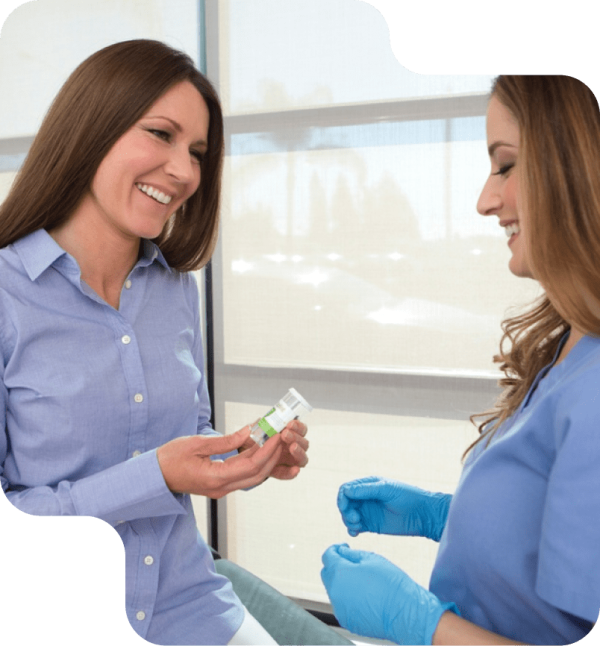
Speed2Treat® is designed for immediate use for patients with myofascial pain and other symptoms. You can provide the Home Healing Kit to a patient who is waiting for evaluation by a specialist, and you can use the measures in the Kit in conjunction with other rehabilitation modalities. The Kit is designed for broad availability across patient populations and can help you identify the subset of patients who need additional care and/or don’t respond to conservative treatments.
You can download our Provider Recommendation to Patient to Try the Speed2Treat Kit and provide this information to a patient who you have screened for injuries such as blow to the jaw, whiplash or concussion, where symptom onset may occur days after the injury. The recommendation is designed for patient education that if symptomatic, speed to treatment will help prevent further TMJ-related complications. Patients can purchase on Amazon or return to your office for a Kit.
We created the Provider Directory to assist you in referring patients to other providers and specialists in your area. Use this as an additional resource to your practice.
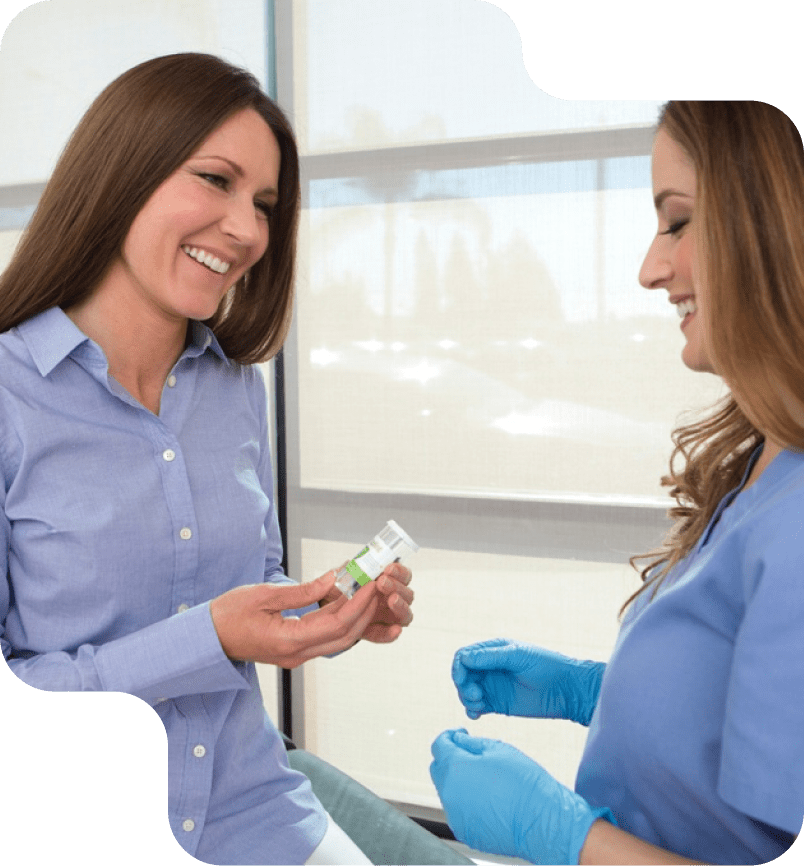
Around 60% of athletes deal with mild to moderate TMD symptoms (78% for boxers). Direct jaw trauma occurs frequently because of the prominence of the mandible in the cranium, which can lead to substantial changes in the temporomandibular joint space, ligaments and muscles, and these injuries (without fracture) are under-treated in acute care settings.
The Speed2Treat® Home Healing Kit is designed to address multiple targets that may help prevent chronic TMD development. The Kit provides conservative measures in a comprehensive and multi-modal treatment approach and the goal of therapy is to address the factors that lead to TMDs, such as arthropathies, ankylosis and myofascial pain disorders.
There is a growing appreciation that whiplash injuries can affect the TMJ complex and be the initiating event in chronic TMJ pain disorders. A whiplash injury occurs when there is a rapid acceleration-deceleration motion of the neck, resulting in a sudden change in the position of the jaw.
This results in elongation of the jaw ligaments, displacement of the lateral pterygoid muscle, and/or disc displacement, or disrupted jaw-neck functional connections.
The greatest impediment to treatment in whiplash associated TMJ injuries is the delayed onset of symptoms. Preventative measures can interrupt the development of chronic disc space effusion, anterior disc displacement, disc deformity and condylar degeneration when administered in the weeks after injury.
Prompt treatment of whiplash injury patients in the first month after injury may prevent TMJ disorders, reduce levels of headache and sleep disturbance and reduce psychological distress. Treatment with the Speed2Treat® Home Healing Kit in the first 4 weeks of recovery promotes a natural recovery process and helps to identify patients for whom additional examination and treatment options may be warranted.
Intrinsic TMJ injuries are known risk factors for the development of TMJ disorders. Hyperextension injuries can occur during oral surgery, endotracheal intubation, long dental procedures or simply yawning.
The difficulty with clinically assessing patients with intrinsic TMJ injuries is that there is rarely an opportunity for assessment until chronic symptoms are already well established.
Patients should be educated if they have risk factors in their clinical history or they have lingering signs of jaw pain. The Speed2Treat® Home Healing Kit is designed to provide conservative multimodal treatment to mitigate the factors that contribute to pain amplification and dysfunction. Self-care measures and treatment options increase the prospects for normal healing within 1 to 3 months.
Acute flare-ups of chronic TMJ disorders are common. Changes in the use of the jaw, age, stress, and other factors conspire to reactivate the neural pathways responsible for chronic jaw pain.
Flare-ups of TMJ disorders are variable, ranging from monthly events to being separated by years. With TMJ flare-ups, having ready-to-go resources to down-regulate the pain response and relax the jaw muscles are invaluable. Speed2Treat® Home Healing Kit provides a multimodal treatment strategy that is patient directed and home-based for when these flare-ups occur.
Dysfunction chewing, opening or closing the jaw, chewing on a predominant side, and oral parafunctional behaviors are non-functional activity of the TMJ complex that over time can develop into chronic pain and/or dysfunction. Common for each of these disorders is prolonged masticatory muscle activation.
If these behaviors or disabilities can be treated promptly with the Speed2Treat® kit, it may prevent, stall, or reverse the emergence of chronic pain. The Kit is designed to promote patient awareness of harmful oral habits and risk factors for pain and disability.
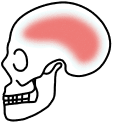
Patients with a severe traumatic brain injury

Neuropathic orofacial pain

Jaw locking
If a patient cannot tolerate the QuickSplint®, they may benefit from the tools, outlined care plan and videos in the Kit. Speed2Treat® may not be appropriate for patients with a significant history of jaw trauma. Providers can modify any of the components in the Kit to customize a patient-specific treatment plan.











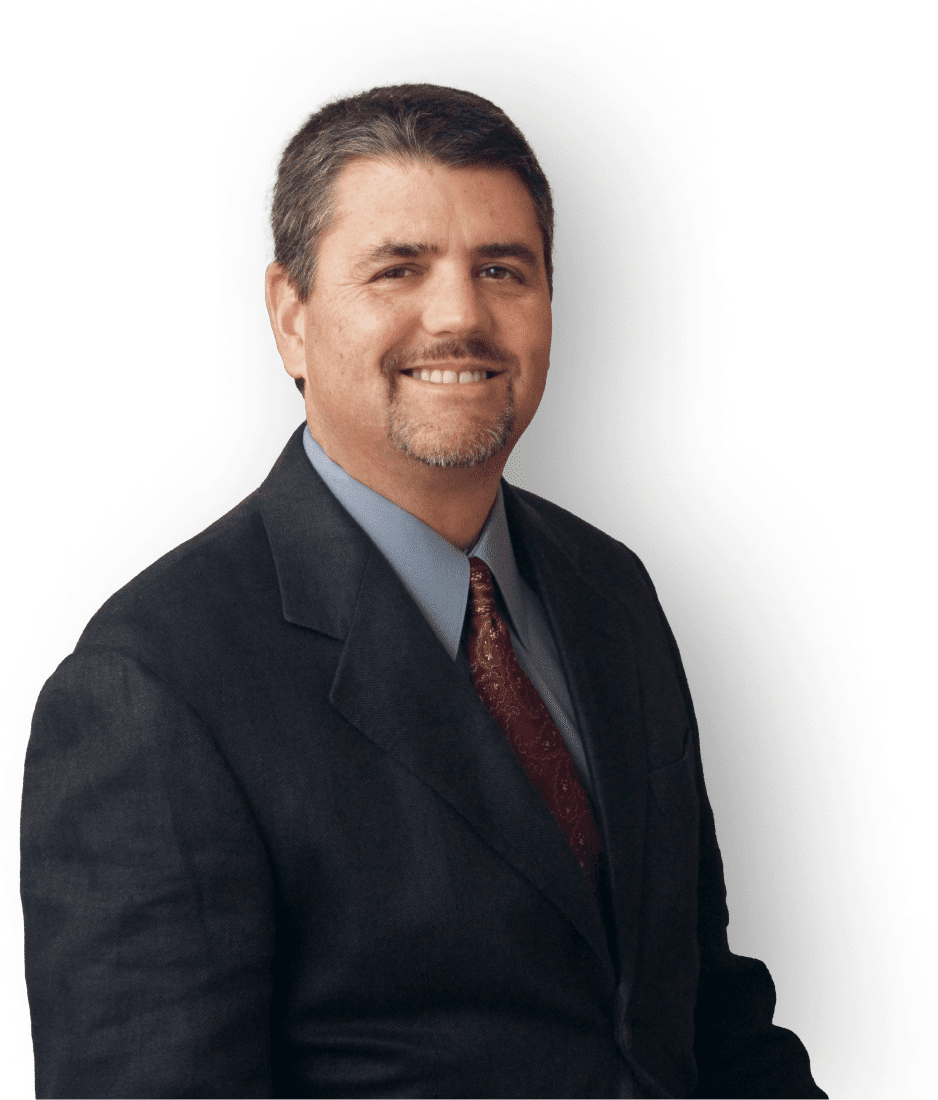
“People in head, neck, and jaw pain wait to get better on their own before seeking treatment, are confused as to which healthcare provider to contact, or fear that their insurance coverage will be inadequate. We know that the time between the onset of jaw and neck musculoskeletal sprain/strain symptoms and the initiation of specific care has been identified as a contributing factor to chronicity.
When screening for TBI, educate your patient that if jaw pain and headache symptoms set in several days later, they should contact you and pursue this simple treatment to ensure normal recovery.”
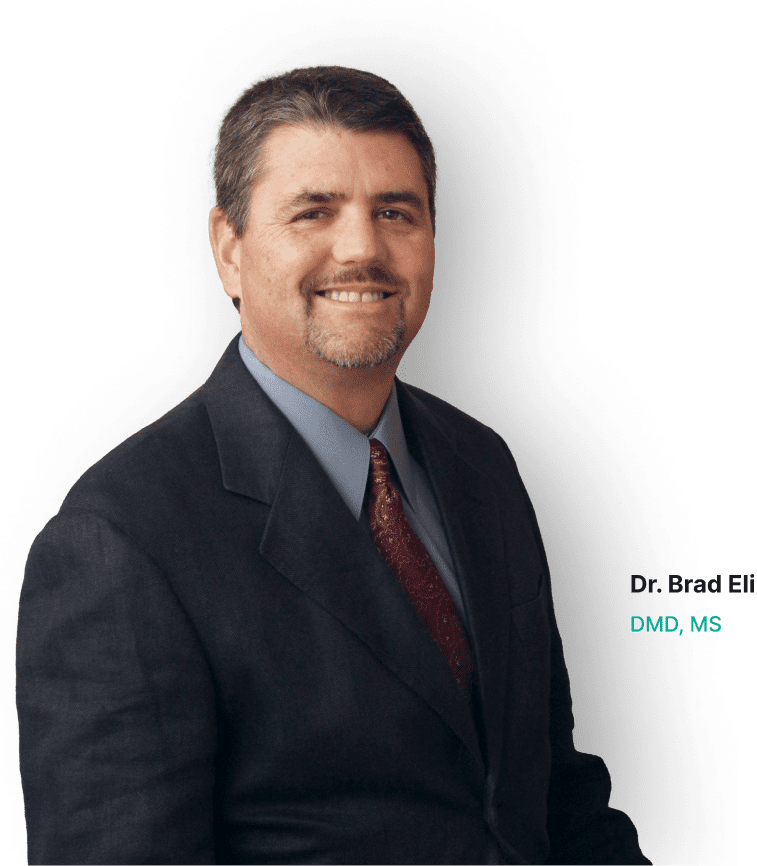
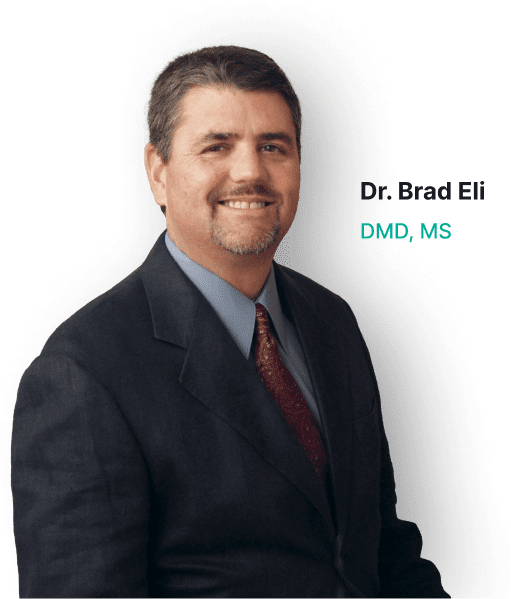

DMD, MS
Founder of Facial Pain Specialists in San Diego, CA. Diplomate, American Board of Orofacial Pain. Over 30 years of clinical experience in treating complex orofacial pain disorders. Graduate of the UCLA Post-Doctoral Residency Program in Orofacial Pain. Innovator in medical devices.

MBA
Founder of Orofacial Therapeutics in San Diego, CA. Graduate of the Yale School of Management with personal experience in TMD and chronic pain.

DDS, MS
Pain Specialist at the Minnesota Head and Neck Pain Clinic, founder of the Orofacial Pain Program at the University of Minnesota. Diplomate, American Board of Orofacial Pain with over 100 publications and books, top leadership positions, and 40 years of clinical orofacial pain experience.

PT, PHD
Global expert in neck pain and whiplash injuries. Professor of Allied Health in the Faculty of Health Sciences at the University of Sydney. Adjunct professor at the Feinberg School of Medicine at Northwestern University Chicago.

Everything you need to know about the Home Healing Kit. Can’t find the answer you’re looking for? Please write questions to us at info@quicksplint.com
Speed2Treat® is analogous to a treatment protocol for ankle sprain. The multimodal treatment strategy includes thermotherapy, cryotherapy, oral analgesics, physical therapy exercises, and rest strategies. The temporary oral appliance (QuickSplint®) component is analogous to providing an elastic bandage to protect and promote healing from sprain/strain. Our team of Orofacial Pain Specialists treats chronic temporomandibular disorders that could have been prevented with early intervention using non-invasive and complementary measures. Until now, there has not been a cohesive treatment protocol that could be delivered on a uniform basis by all healthcare providers.
Most patients wait too long for care or do not know where to go. Additionally, some common head, neck, and jaw injuries are evaluated in the ER, but the jaw pain symptoms are not evident for a few days. The treatment strategy we designed facilitates masticatory muscle relaxation and reduces pressure in the inflamed joint complex. Reduction of muscle tension functions quiet the pain process by dampening pain pathways. Early intervention helps medical providers monitor patient progress over the initial four weeks and determine which patients will improve over a normal recovery period and which patients need additional care. Absent early intervention, chronicity develops, and when this happens, patients are more difficult to diagnose and treat.
For acute jaw pain, trauma triggers a guarding reflex in the jaw muscles (muscle hyperactivity that results in clenching). Constant tension decreases tissue oxygenation and causes muscle fatigue. In some cases, inflammation and fatigue trigger masticatory muscle trigeminal afferents. QuickSplint® inhibits muscle guarding quickly, before the guarding reflex escalates. This facilitates masticatory muscle relaxation and reduces inflammation in the jaw joint complex.
QuickSplint® is designed for immediate use and does not require specialized tools. It is appropriate for short-term use but is not a replacement for a custom, full-coverage oral appliance delivered by a dentist. QuickSplint® is referred to as an anterior bite plane – it keeps the posterior teeth out of occlusion but permits the mandible to move freely. Its size and design minimize the risk of aspiration. QuickSplint® is superior to most over-the-counter oral appliances sold as brux or TMJ guards. These appliances, usually placed in hot water, are made of a soft acrylic. Patients with muscle guarding or clenching habits often wake up with increased masseter and temporalis pain from clenching into the soft material during sleep.
Speed2Treat® offers a complete care plan for the initial four weeks of recovery from jaw sprain/strain that is a component of common head, neck, and jaw injuries. Urgent care clinics provide ice packs, and in some cases, pain medication to reduce pain and inflammation. The Speed2Treat® Home Healing Kit provides extensive patient education, and encourages self-assessment of symptom management so the patient can measure their improvement during the four-week period and better understand whether additional evaluation and care would be merited. The Speed2Treat® online resources offer breath training and other self-care measures to quell the anxiety that is commonly associated with injuries to the craniofacial area.
QuickSplint® can be fit for either upper or lower teeth. We recommend that you try the tray on your upper and lower teeth, and bite down to see which is more comfortable for you BEFORE you start mixing the putty.
Well-made appliances for extended use usually require a laboratory for fabrication and delivery by a licensed dentist. Dentists will select the acrylic material to be a hard or soft material, choose the thickness of the appliance, whether the appliance is designed to be worn on the upper or lower arch, and other considerations that reflect the patient’s condition (ie., is there a TMJ disorder, does the patient brux, does the patient have sleep-disordered breathing, etc.).
Most over-the-counter devices are “boil-and-bite” appliances that are full arch – they cover all of the teeth in the upper or lower jaw. Because they are designed for molding in hot water, most boil-and-bite appliances are made of pliable acrylic. Depending on how hard a person clenches at night, and the severity of the case, some patients who wear a soft appliance over time can habituate to the appliance in such a way that it no longer serves the purpose of inhibiting the clenching behavior.
We work with physical therapists and chiropractors who had been advising their patients to pursue a “boil-and-bite” appliance found in pharmacies. We DO NOT recommend this option. A patient in pain does not want to confront vast selections of OTC products with various claims; they do not want to choose an appliance, only to have it fail and blame themselves for choosing the wrong appliance.
The QuickSplint® is designed to be ready to go without requiring expert adjustments. It is also designed to specifically inhibit the posterior teeth to be in contact. This is achieved by the partial coverage design.
We do not advocate the QuickSplint® as an extended use device due to a risk called “supra-eruption”. This can occur when a partial coverage device is worn 24/7 or worn at night for an extended period. Supra-eruption occurs when a person’s posterior teeth “erupt” or lower and become longer than the anterior teeth; the result is the person may develop an “anterior open bite” where the front teeth do not meet when the person bites down.
We have taken care in the choice of materials of QuickSplint® and in the product labeling to make sure that every patient knows that QuickSplint® is not appropriate for extended wear or 24/7 wear. Your patient can wear QuickSplint® at night for a few days, up to 6 weeks. If you are not a dentist, please instruct your patient to bring their QuickSplint® and the Pain Tracker to their next dental appointment.
Simply put, when you're in pain, you want to be out of pain as quickly as possible. We designed the Speed2Treat® Home Healing Kit because there was no clear, drug-free treatment plan for acute head, neck, and jaw injuries. If you sprain an ankle, you likely know how to rest, use hot/cold therapy, wear an elastic bandage to protect ankle movement, and elevate to promote blood flow. Speed2Treat® for injuries that can progress to jaw conditions is a similar orthopedic concept. Our team of Orofacial Pain Specialists work with complex cases that might have been preventable with the treatment strategies we offer, used at an acute stage of injury.
Early intervention is so important to reducing neck and jaw pain. Once your patients learn Speed2Treat®'s simple, self-care steps, they’ll know exactly what to do at the onset of pain from an injury or flare-up. These self-care steps can also help to keep them focused on their condition until it's fully healed.
It is difficult to know who will recover naturally in two to four weeks compared to who will need extended treatment. Speed2Treat® is here to help you and your patients, at an affordable price.
QuickSplint® is sometimes not as effective as the other treatment modalities in the Speed2Treat® Kit. QuickSplint® may not be beneficial if you have jaw mobility greater than 60mm. QuickSplint® should not be fit on or over broken or loose teeth. QuickSplint® is not for emergencies involving swelling and is not a treatment option for open lock jaw.
Jaw popping is a clinical condition that can be normal and episodic, or a sign of a more complicated condition. Our products are designed to reduce pain and disability in jaw function for acute musculoskeletal injuries. If you are concerned about your jaw popping and it is painful, you should discuss this with your dentist.
Studies show that 80% of patients who brux (grind their teeth) are not aware of this behavior. If you see grind marks on your QuickSplint®, it’s a good idea to bring your QuickSplint® to your next dental appointment and discuss this with your dentist. Your dentist can determine which type of long-term mouth guard will work best for protecting your teeth and addressing your bruxism.
Clean QuickSplint® daily by rinsing thoroughly under tap water, shake the excess water, and air dry. When needed, use an ultra-soft toothbrush and water to gently clean QuickSplint®. Your patient may periodically disinfect QuickSplint® by soaking in a half-and-half mixture of mouthwash and water for 10 minutes. DO NOT clean QuickSplint® in boiling water, denture cleaner, or by soaking it in hydrogen peroxide.
If this happens, instruct your patient to pull all of the putty out and use the remaining putty to remake the QuickSplint®. DO NOT attempt to glue the liner back into the tray.
No. Please make an appointment with an Orofacial Pain Specialist see link for a provider near you.
QuickSplint® is a first step in treatment for most people. However, QuickSplint is designed as a short-term device and sometimes does not work – for example, some people cannot tolerate any device in their mouths, and some people have degenerated jaw joints. If your patient has tried wearing QuickSplint® at night and it is uncomfortable, have them stop using it and try their best with other components of the Speed2Treat® Home Healing Kit.
QuickSplint® is a type of mouth guard designed for short-term use of up to six weeks, or under the care of a dentist. Over a longer period of time, there is the possibility that your back teeth can shift and create an “open bite”.
If QuickSplint® has been helpful to you and you would like to continue wearing a mouth guard when you sleep, this is helpful information for your dentist to consider transitioning you to a long-term oral appliance customized to your needs. Not all mouth guards have the same functional purpose. Consider using our provider directory to find a dentist who specializes in splint therapy (treatment with oral appliances).
Yes. QuickSplint® is not recommended for continuous daytime wear unless under supervision of a dentist.
